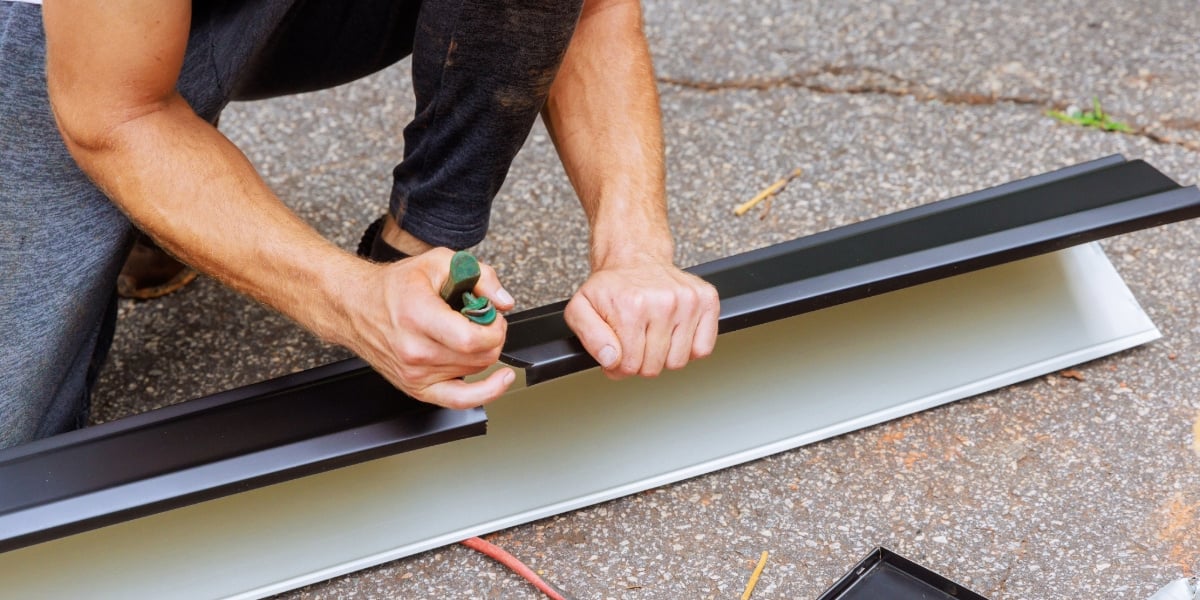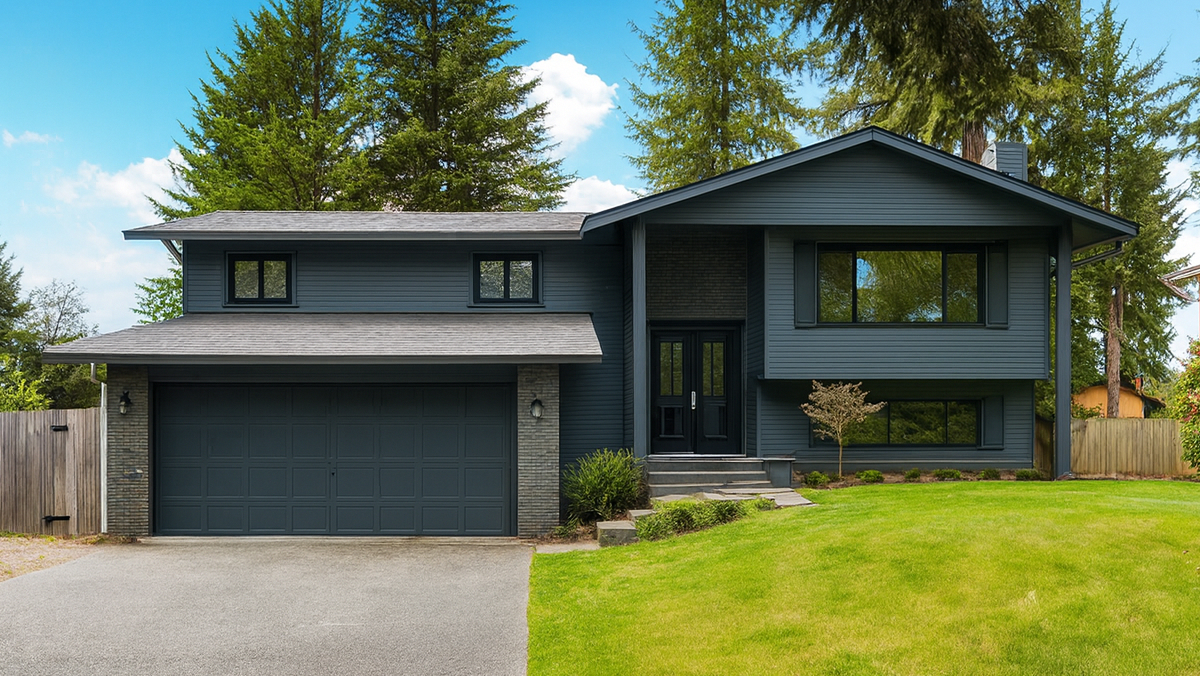Gutters play a crucial role in maintaining the integrity of homes by redirecting rainwater away from the foundation, preventing water damage, and ensuring the structural stability of the building.
Accurate measurement before installation is essential for the proper functioning of gutters. We'll cover the importance of precise gutter measurement, the necessary tools and available software like Hover, a step-by-step guide to measuring gutters, and tips to ensure accuracy.
Why do accurate gutter measurements matter?
Precise measurement is crucial for effective gutter installation. Ill-fitting gutters can result in improper water flow, leading to inadequate drainage, overflow, and potential damage. If the gutters are too small, they won't handle heavy rainfall effectively, causing water to spill over and potentially penetrate the foundation. Conversely, oversized gutters can be visually unappealing and inefficient in directing water away from the house.
Accurate measurement ensures that the gutters are tailored to your specific needs and fit seamlessly into your home's architecture, considering factors such as roof size, slope, and average rainfall in your area. This precision allows for the proper placement of downspouts, which are essential in directing water away from the foundation, protecting the home for years to come.
Step-by-step guide to measuring gutters
With Hover, you can get roofing measurements with 5 simple steps:
- Download the Hover app
- Upload photos or a blueprint
- Let Hover process the images or blueprint
- Receive a comprehensive measurement report
- Visualize and plan in 3D
If you want to measure gutters manually, follow these steps:
- Preparing for measurement
- Gather equipment: ensure you have all necessary tools within reach.
- Ensure safety: set up a sturdy ladder or step stool in a stable position, ensuring it is tall enough to reach the height of your gutters comfortably.
- Calculate your roof's square footage
- Measure roof sections: measure the length and width of each roof section where gutters will be installed.
- Calculate square footage: multiply the length by the width for each section and add the totals together to get the total square footage.
- Determine your roof's pitch
- Measure pitch: use a level to measure 12 inches horizontally from the roof edge. then measure vertically from that point down to the roof surface. This vertical measurement is your roof pitch.
- Convert roof pitch to a multiplier
- Use a conversion chart: find the multiplier for your roof pitch using a conversion chart. For example, a 4-5 inch pitch typically has a 1.05 multiplier.
- Calculate adjusted square footage
- Multiply square footage by pitch multiplier: multiply your total roof square footage by the pitch multiplier to get the adjusted square footage.
- Determine the appropriate gutter size
- Use adjusted square footage: based on your adjusted square footage:
- 3,500-5,500 sq ft: use 4-inch gutters
- 5,520-7,500 sq ft: use 5-inch gutters
- 7,500+ sq ft: use 6-inch or 7-inch gutters
- Use adjusted square footage: based on your adjusted square footage:
- Measure the gutter length needed
- Measure along the roof edge: use a tape measure to measure along the roof edge where gutters will be installed. for long sections, mark intervals with chalk and add measurements together.
- Count corners and downspouts
- Note corners and downspouts: note the number of corner pieces and downspouts needed. plan for one downspout every 25-35 linear feet of gutter.
- Measure downspout length
- Measure from the gutter to the ground: measure from the gutter to the ground for each downspout location.
By accurately measuring your gutters before installation and choosing the right size based on those measurements, you can ensure the longevity, functionality, and aesthetics of the gutter system. Additionally, correctly measuring ahead of installation will prevent most installation issues, and ensure you can have the peace of mind that comes with a well-installed gutter system.



